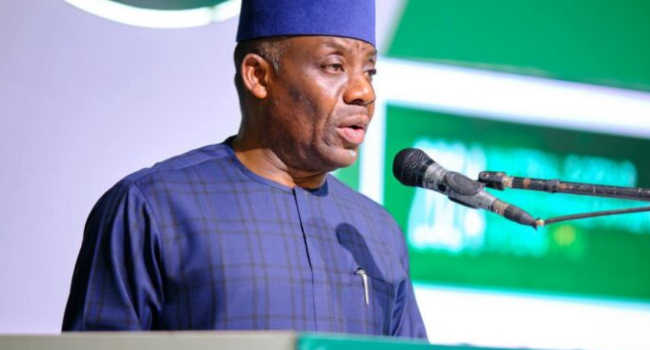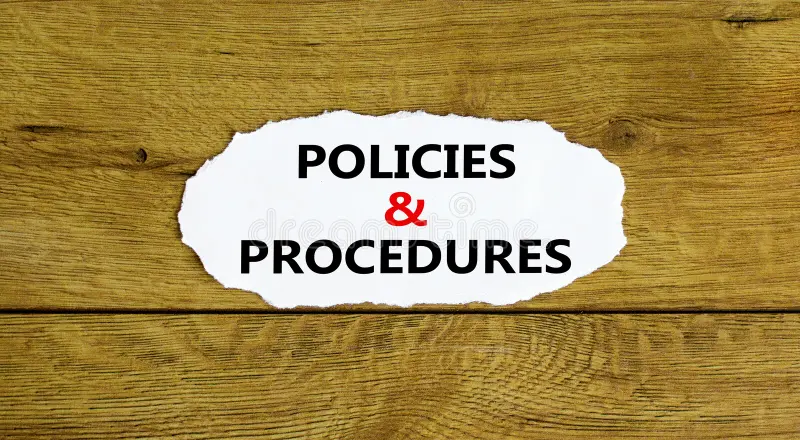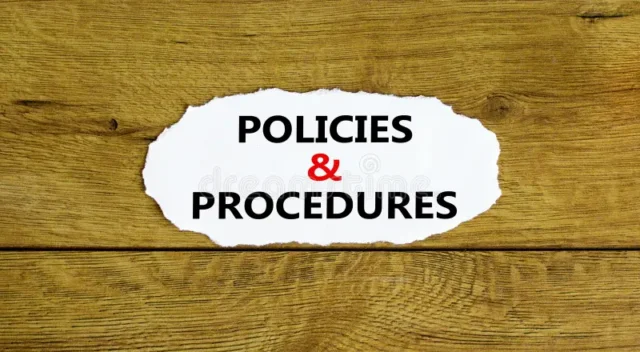In a sweeping announcement, Nigeria’s government—led by the Minister of Education, Dr. Maruf Tunji Alausa—has declared its intention to overhaul the nation’s technical education curriculum. The reform package aims to reduce subject overload, strengthen trade skills, align learning with global best practices, and prepare students to meet contemporary industrial demands. Twenty-six technical trades have been streamlined and modernised in line with what industry needs, with an explicit vision to boost Nigeria’s manufacturing, service, and digital economies.
Yet, while the proposal has been met with applause in academic and policy circles, experts caution that a strategy that looks flawless in theory may falter in practice—or, as one economist put it, “policy can be beautiful on paper.”
Table of Contents

Experts Urge Caution: Implementation, Capacity & Synergy Key to Success
One of the voices sounding a note of caution is Mr Bello Audu, Chief Consultant with Economic DTGES, TEDr, and an Innovation Economist at Usmanu Danfodiyo University, Sokoto. He acknowledges that the curriculum reforms are a step in the right direction, but stresses that the outcome will depend entirely on how well the changes are put into effect.
“The government can do a lot. One (first) is coming up with the policy, the new curriculum—that is the first step in the right direction. The next stage now is proper implementation of that policy because policy can be beautiful on paper, but if there’s poor implementation then it will not really achieve the desired aims,” Mr Audu said.
He emphasises that every school—both public and private—must be equipped adequately. Facilities, qualified personnel, and a strong quality-control mechanism must be in place so that the new curriculum does not remain just a written promise.
Another major issue Audu highlights is the need for coordination among all levels of government—federal, state, and local. Without such synergy, even the best-drafted policies risk being unevenly applied or simply ignored.
Potential Roadblocks: Resources, Manpower & Real-World Tracking
While the goals are laudable, several concerns have been raised about possible impediments:
- Insufficient Resources: Many schools may lack the basic infrastructure, workshop facilities, or technology needed for trade-centric subjects. Without investment in these foundational elements, the curriculum’s trade-oriented goals may remain aspirational.
- Shortage of Skilled Teachers: New trade subjects require trainers with hands-on experience and up-to-date knowledge of industry practices. Training, certification, and continuous professional development will be key. Audu warns that poor staffing could lead to corners being cut.
- Inadequate Monitoring & Accountability: It’s one thing to design a curriculum; it’s another to ensure consistency in its use. Audu recommends robust systems to track graduates—where they work, how the training serves them, and what adjustments are needed. This feedback loop, he insists, is vital for refining the policy over time.
- Phased Roll-Out Challenges: Starting with federal government schools, such as unity schools and federal colleges, may provide a testing ground for the curriculum’s viability before scaling it to states and local governments. But even in those federal schools, expectations must be calibrated. Implementation may be “very very poor from the start” in some cases, Audu admits, due to legacy issues and resource disparities.

From Paper to Practice: What Will Make or Break the Reform
The success of this ambitious reform will rest not just on its vision, but on how the following are handled:
- Institutional Support and Investment
Proper implementation requires that schools have workshops, labs, tools, and equipment. It also demands that authorities allocate sufficient funds for the upkeep of trade facilities and for procuring up-to-date learning materials. Without this, policy conveniences—beautiful on paper—could turn into frustrations on the ground. - Teacher Training & Retention
Teachers will need up-skilling or re-skilling, especially to handle modernised trade requirements. Encouraging teachers to stay in remote or under-resourced areas through incentives will also be necessary. If skilled teachers gravitate only towards well-funded urban schools, inequalities may deepen. - Coordination across Government Tiers
Audu about synergy said, “whatsoever they have there should be synergy among these three arms so that the policy can be easily implemented…” The federal, state, and local governments will need to work together—for funding, oversight, infrastructure, and logistics—to ensure that the reforms are applied uniformly. - Quality Assurance & Feedback Mechanisms
To prevent implementation drift, there must be strong quality assurance: inspection, evaluation, and assessment of schools’ compliance with the new curriculum. Tracking the progress of learners, as well as tracing graduates’ trajectories, will help to measure success and highlight areas needing amendment. Audu’s suggestion that we consult with graduates on how the curriculum impacted their lives is one such feedback mechanism. - Pilot Testing & Gradual Scaling
Starting with a subset of schools can reveal logistical barriers and unintended effects. With that experience, the government can refine its strategy before rolling the reforms out nationwide. Audu observes that without testing in federal government schools, for instance, the expectations for states could be misconceived.

Conclusion: Policy’s Beauty Needs the Mirror of Reality
Nigeria’s proposed upgrade of its technical education curriculum is ambitious and, on paper, promising. The aim to modernise trade disciplines, make education more relevant, and align with industrial realities deserves recognition. But as many experts emphasise, “policy can be beautiful on paper” only if the structures, resources, people, and systems behind it are strong enough to bring that policy to life.
Suppose the government can ensure adequate funding, teacher capacity, infrastructure, quality control, intergovernmental coordination, and real-world tracking of outcomes. In that case, this reform may indeed usher in a new era for technical education in Nigeria. If not, it risks being another well-intentioned policy that fails to make the difference it promises.
Join Our Social Media Channels:
WhatsApp: NaijaEyes
Facebook: NaijaEyes
Twitter: NaijaEyes
Instagram: NaijaEyes
TikTok: NaijaEyes
READ THE LATEST EDUCATION NEWS













![Mr Macaroni Drops Blistering Remark: ‘APC Filled with Most Corrupt People’ as He Slams Tinubu’s Controversial Pardon for Criminals=]] Mr Macaroni](https://naijaeyesblog.com/wp-content/uploads/2025/03/Mr-Macaroni-1-1-180x135.avif)

![Chaos Erupts in Abuja Hotel as BBNaija Star Phyna Sparks Fierce Scene Over Alleged N200,000 Dispute [VIDEO] Phyna](https://naijaeyesblog.com/wp-content/uploads/2024/11/A-Picture-of-Phyna-BBNaija-180x135.jpg)
























